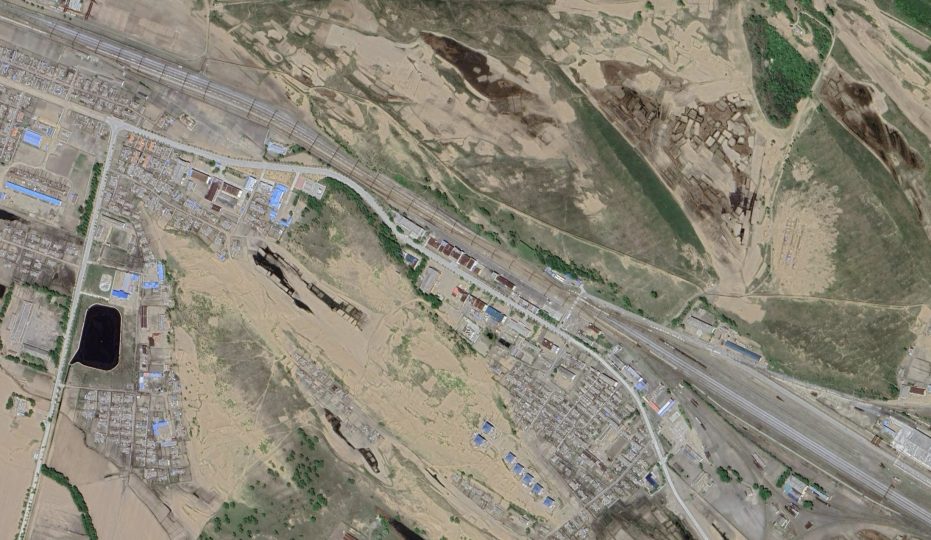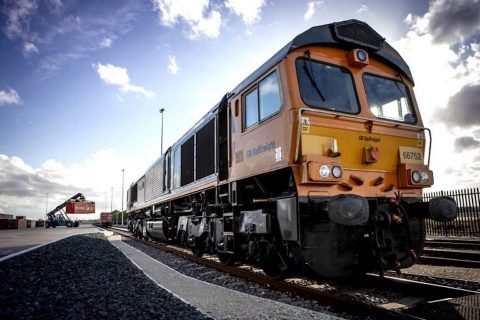North Korea-Russia rail activity increases rekindling cargo concerns

Increased activity in the Tumangang rail facility on the border between North Korea and Russia is once again concerning experts. The possibility of ammunition being transported between the two countries is not verified. However, the timing within which rail traffic increased signals that such a possibility should not be excluded. This is the second time within a year that a North Korean watchdog has raised such concerns.
The augmented rail freight movements in North Korea’s Tumangang rail facility were reported by Beyond Parallel, a U.S.-based think tank part of the Center for Strategic and International Studies (CSIS). According to Beyond Parallel’s findings, which are based on satellite imagery from 5 October 2023, the rail facility in Tumangang has experienced “unprecedented levels” of traffic.
Specifically, the think-tank spoke of 73 railcars and multiple containers stored in the open within the facility’s warehouse area. Of course, such numbers are not indicative enough to speculate an increased rail freight activity between North Korea and Russia or even the transport of ammunition. The fact that all the equipment is covered makes it more challenging to determine what and why it is being transported.
However, Beyond Parallel’s experts claim the possibility of ammunition transport for three reasons: first, despite the number of railcars and containers not being so impressive, this is a number that the Tumangang facility is not used to generally. Second, the fact that those railcars and containers started appearing in the location just a few days after the heads of the two countries met in late September could indicate that they agreed upon transporting specific cargo, which could likely be ammunition. Third, the fact that the location seems to be undergoing an expansion could signal that it is destined for increased use in the future.

Couldn’t it be a simple traffic revival?
In September 2022, the two countries disclosed their ambition to restart railway traffic between them after two years of no transport links due to the COVID-19 pandemic. In fact, Russia implemented this ambition by dispatching the first train after a long time to its neighbouring country in early November 2022. The train carried 30 purebred Orlov Trotter horses.
That being said, and considering that the two countries have been trading in the past using rail, a slightly increased activity on a shared border crossing should not appear so alarming, especially since it follows a recent high-level meeting between the heads of the two states that could streamline further cooperation and trade.
Additionally, the fact that the Tumangang rail facility seems to be undergoing an expansion could simply indicate investments targeting the increase of capacity and, thus, the facilitation of increased traffic to and from Russia.
Past indications
Nevertheless, it is not the first time that concerns regarding the supply of ammunition from North Korea to Russia via rail have occurred. On 4 November 2022, just a few days after the first Russian rail shipment to North Korea, another watchdog–38North.org, a think tank monitoring developments in North Korea, reported the first Russia-bound train that departed North Korea.
The train carried three closed and covered railcars and entered Russia through the same border crossing between Tumangang (North Korea) and Khasan (Russia), crossing the Korea-Russia Friendship Bridge. Once again, there was no concrete evidence proving that the shipment consisted of ammunition or whether it was indeed transloaded on a Russian train.
This changed a few months later, in January 2023, when the White House National Security Council announced it possessed images confirming the concerns of ammunition transport. John Kirby, NSC coordinator for strategic communications, stated back then that North Korea transported rockets and missiles to Russia by rail in late 2022; however, the White House’s imagery did not show something concrete. On their behalf, North Korean officials denied the accusations on the grounds of evidence lack.




